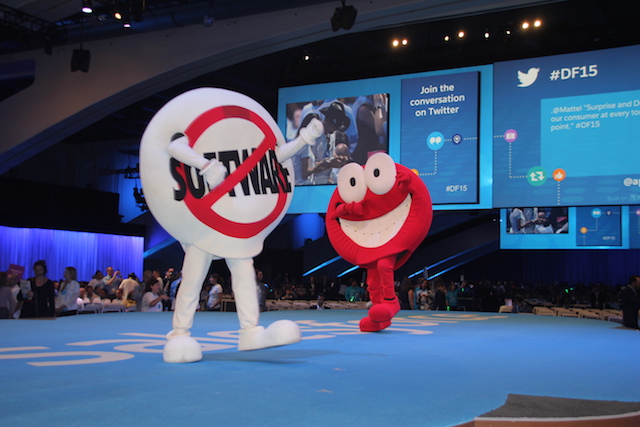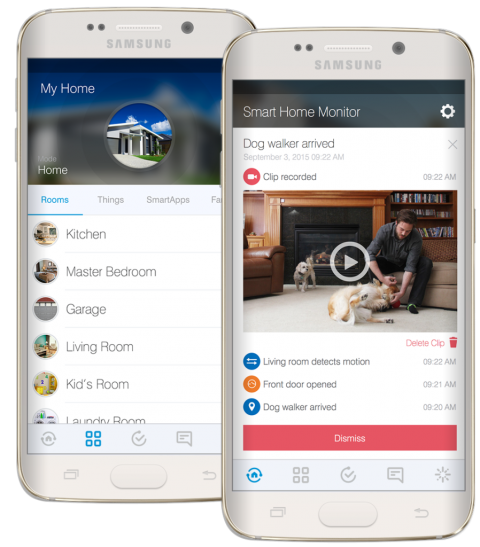One of the most interesting aspects of is that we are entering an age of what designer Gadi Amit calls an era of unlimited screens.
This is coming about because almost everything is becoming a computer including everything we wear.
At last week’s Dreamforce 2015, I caught up with the head of Salesforce Wear, Lindsey Irvine, to discuss the future of wearables.
“There’s a whole big connected world out there, it’s daunting.” says Irvine. “We’re going to help companies how to use these technologies in new and different ways in this space.”
Irvine sees industries where it’s easy to show a business case, like retail and sales, being the earliest business adopters of wearable technologies.
Earlier this year Salesforce launched their Putting Wearables To Work that surveyed how enterprises are using wearable technology. Which gave the company the pointers for the direction of their business strategy.
“We did a few things, one is we connected a range of different devices. Not all, but the ones gaining the most traction,” Irvine says. “We connected these devices to the platforms so that no company would no longer have to build one off apps for each device.”
Irvine sees sectors like real estate and health care being big areas off opportunity and in the longer term she sees smart materials and biometrics becoming more common.
The key with the future of wearables are that devices will become smaller and less intrusive, “you aren’t going to see people wearing five devices on their wrists or two sets of glasses.”
Paul travelled to Dreamworld as a guest of Salesforce




